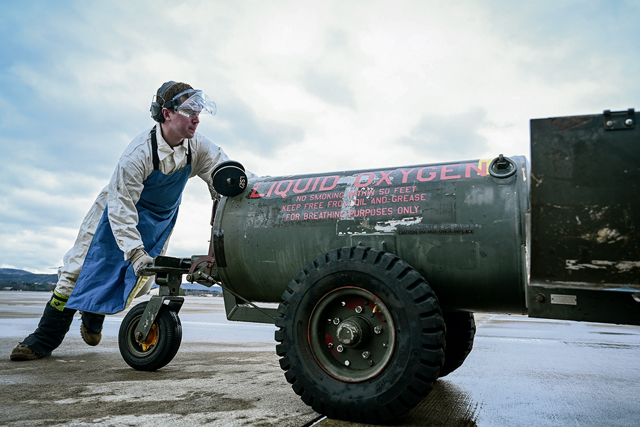
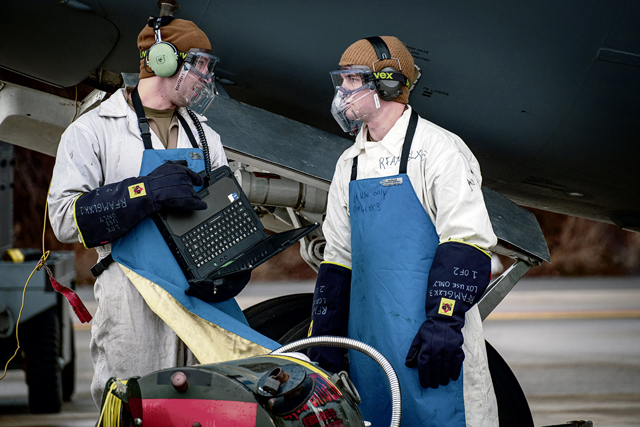
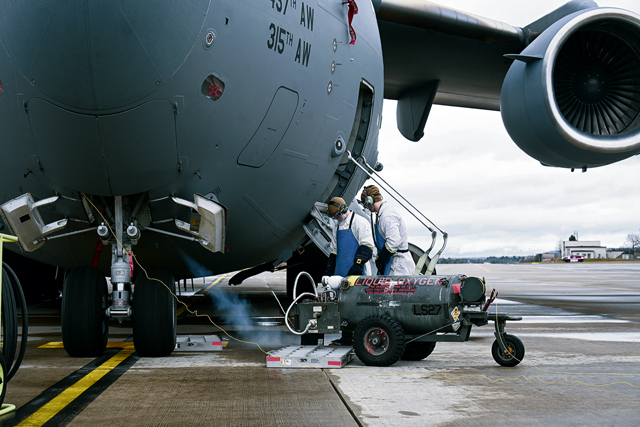
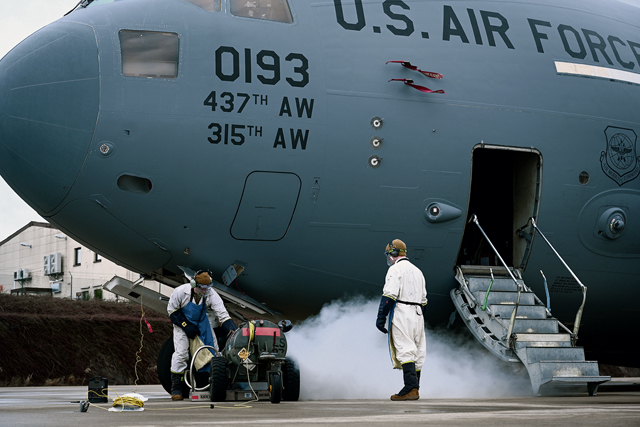
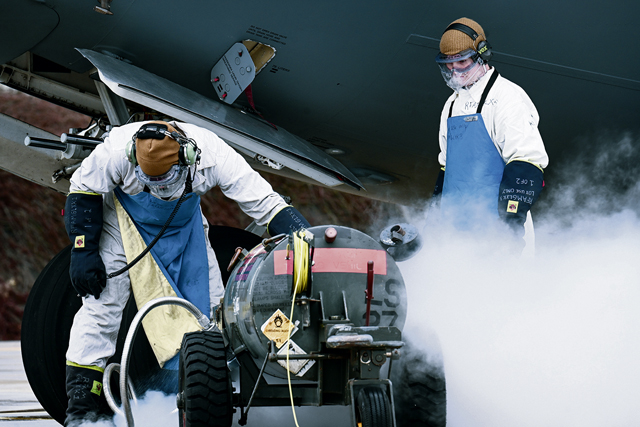
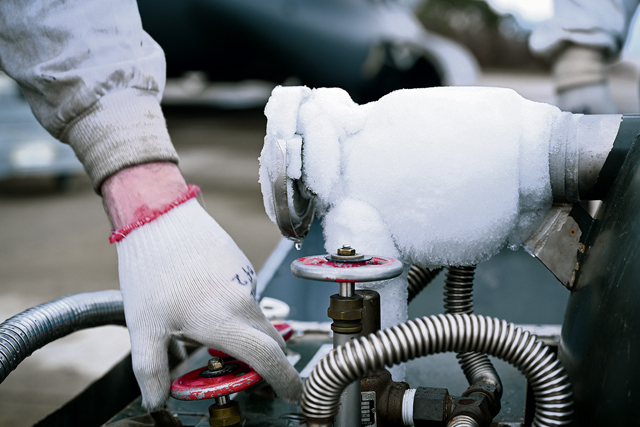
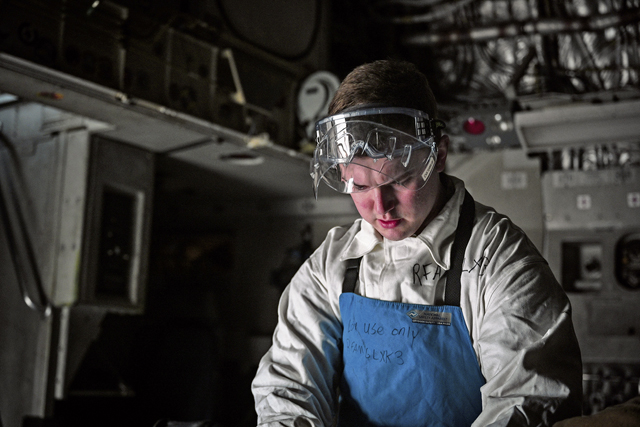


(Visited 9 times, 1 visits today)









We use cookies to personalize content and ads, to provide social media features and to analyze our traffic. We also share information about your use of our site with our social media, advertising and analytics partners, but never sell your information to third-parties.Data Security Policy